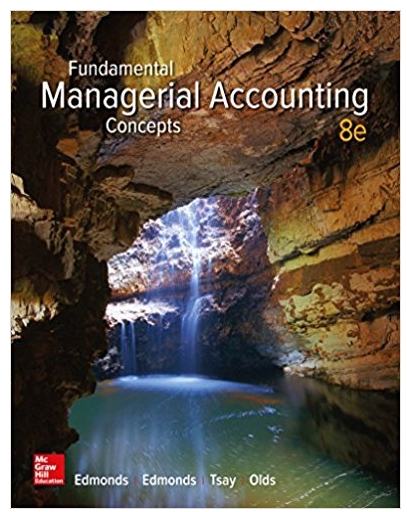The following information can be obtained by examining a company's balance sheet and income statement information: a.
Question:
a. Increases in current asset account balances, other than cash.
b. Cash outflows to purchase noncurrent assets.
c. Decreases in current liability account balances.
d. Noncash expenses (e.g., depreciation).
e. Cash outflows to purchase treasury stock.
f. Gains recognized on the sale of noncurrent assets.
g. Cash outflows to pay dividends.
h. Cash inflows from the issue of common stock.
i. Cash inflows from the sale of noncurrent assets.
j. Increases in current liability account balances.
k. Cash inflows from the issue of noncurrent debt.
l. Losses incurred from the sale of noncurrent assets.
m. Decreases in current asset account balances, other than cash.
n. Cash outflows to repay noncurrent debt.
Required
Construct a table like the one shown below. For each item, indicate whether it would be used in the computation of net cash flows from operating, investing, or financing activities. Also, indicate whether the item would be added or subtracted when determining the net cash flow from operating, investing, or financing activities. Assume the indirect method is used to prepare the operating activities section of the statement of cash flows. The first item has been completed as an example.
Item Type of Activity Add or Subtract
a. ...............................Operating............................Subtract
b.
c.
d.
e.
f.
g.
h.
i.
j.
k.
l.
m.
n.
Balance Sheet
Balance sheet is a statement of the financial position of a business that list all the assets, liabilities, and owner’s equity and shareholder’s equity at a particular point of time. A balance sheet is also called as a “statement of financial...
Fantastic news! We've Found the answer you've been seeking!
Step by Step Answer:
Related Book For 

Fundamental Managerial Accounting Concepts
ISBN: 978-1259569197
8th edition
Authors: Thomas Edmonds, Christopher Edmonds, Bor Yi Tsay, Philip Olds
Question Posted:





